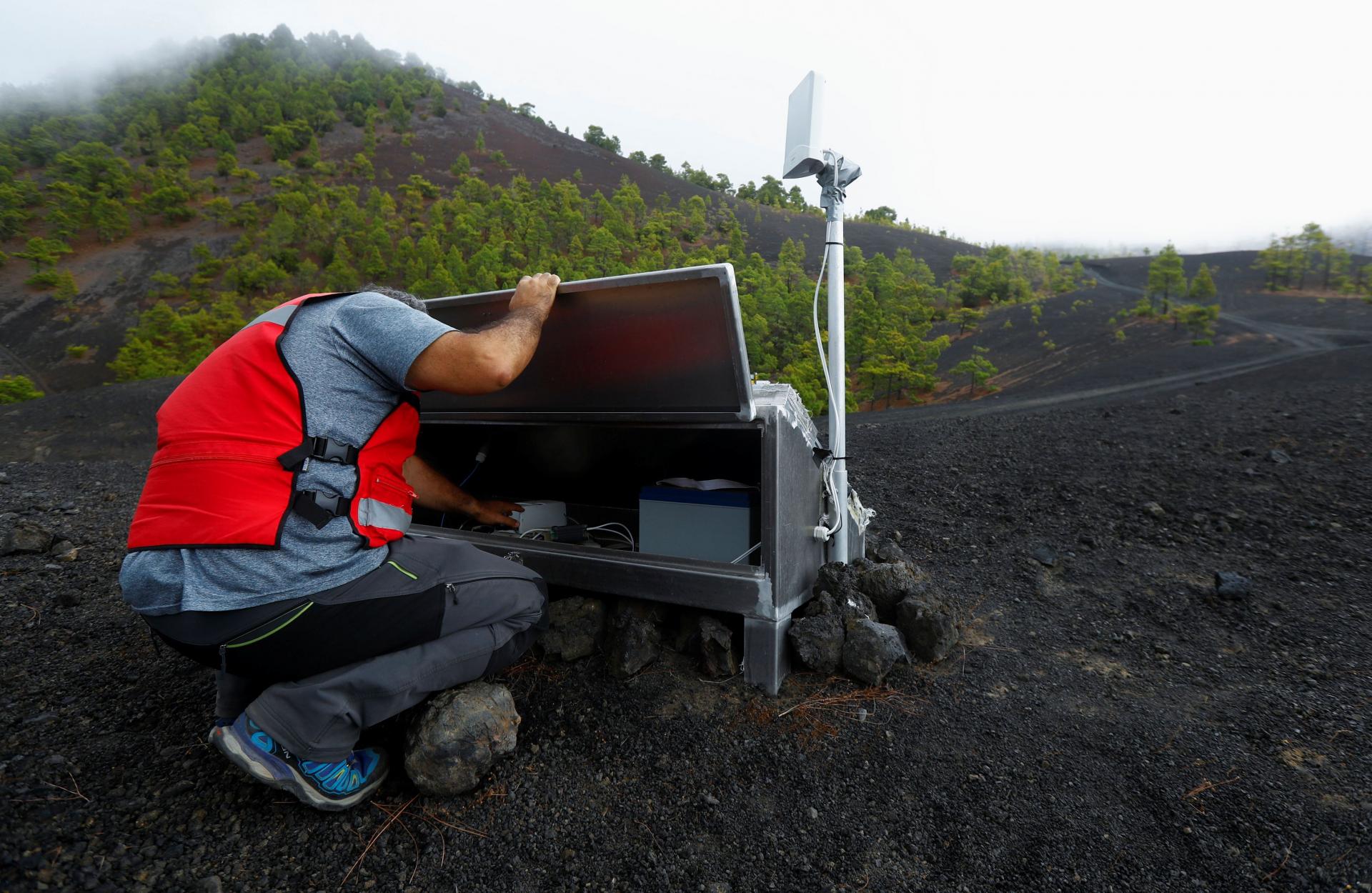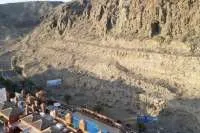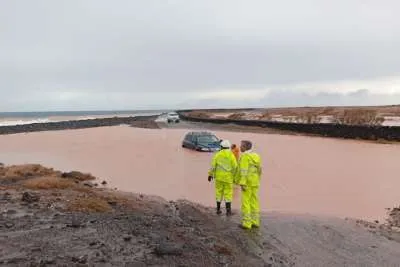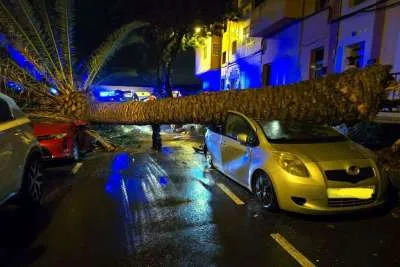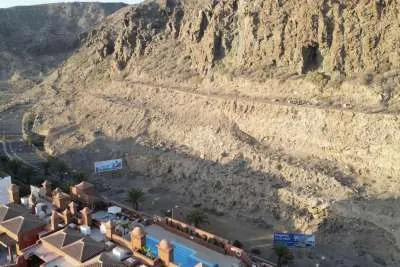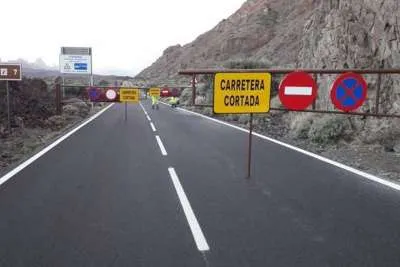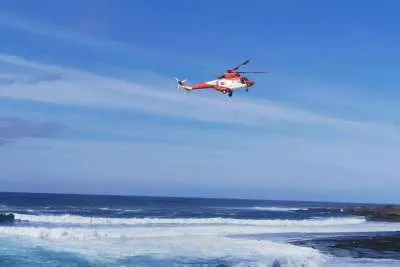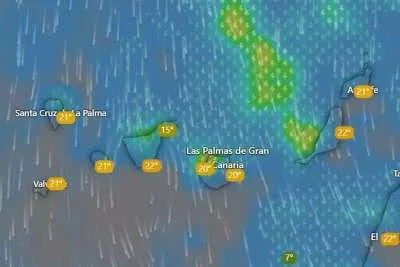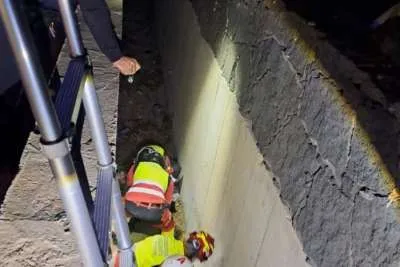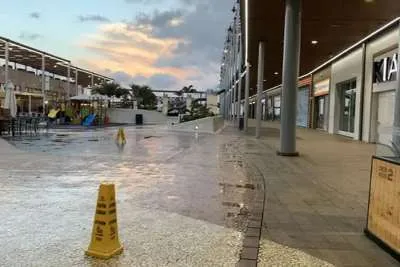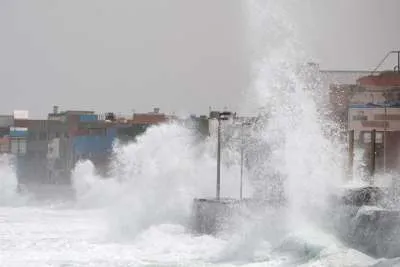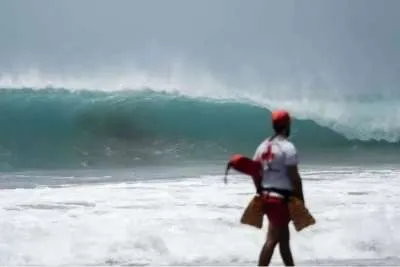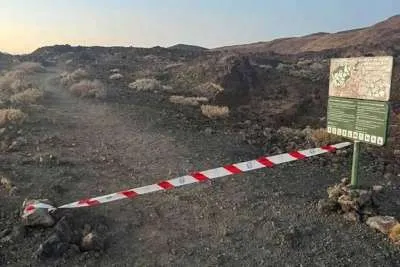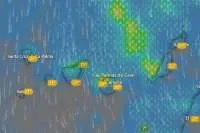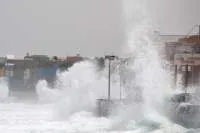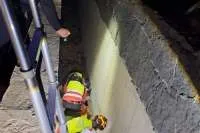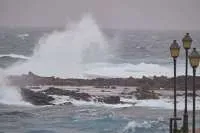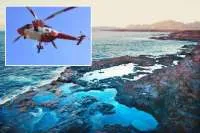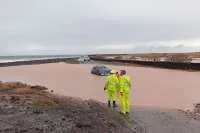LA PALMA UPDATE: 40,000 people ready for evacuation, mega-tsunami ruled out
- 18-09-2021
- Tenerife
- Canarian Weekly
The seismic activity on La Palma is continuing for its 8th day in this current swarm of minor tremors and earthquakes that the IGN and INVOLCAN continue to monitor, and in fact, the activity is also being watched and photographed by the Copernicus sentinel-3 satellite from space, and a Cessna 337G Skymaster observation plane has arrived from mainland Spain which will take thermal imaging photographs from above the island.
Copernicus is the EU’s Earth Observation Program that looks at our planet and its environment for the maximum benefit or protection of European citizens. The satellite has monitored La Palma before during the forest fires of 2016 when it sent thermal imaging photos back to earth that showed the spread of the fire.
Yesterday, the Evacuation Plan for five municipalities of the island was approved, which affects approximately 40,000 people in Tazacorte, Los Llanos, El Paso, Mazo and Fuencaliente, telling them to pack a bag with essential items only and be ready to leave on a moment’s notice in the event of an eruption.
This plan from PEVOLCA, includes the organization and collection of data on the affected population, both resident and tourist, alternative accommodation possibilities, means of transport, and a strategy for the evacuation of people, domestic animals, and livestock.
PEVOLCA are now meeting on a daily basis to assess the situation, which involves the IGN, INVOLCAN, the Cabildo, the emergency services, and other groups involved in the logistics of an evacuation should it need to take place.
The EU's Copernicus sentinel-3 satellite is monitoring from space.
Mega-tsunami ruled out:
One thing that has been ruled out is the possibility of a mega-tsunami that was first brought to attention 20 years ago on TV program Horizon. Honorary professor of the University Complutense de Madrid and director of the Geological Risks Area of the Volcanological Institute of the Canary Islands, Luis González de Vallejo, said yesterday that "Cumbre Vieja is stable, even under the effects of eruptions similar to those that have occurred in the last tens of thousands of years."
"For 20 years, when some researchers affirmed the possibility that a great collapse of the west flank of Cumbre Vieja could occur and, as a consequence of this, the generation of a mega-tsunami, the fear of such a catastrophic event has been transmitted, despite the fact that this hypothesis has been refuted and subsequently discarded by numerous researchers, and people continue to talk about the catastrophic event of a great gravitational slide on the west flank of the Cumbre Vieja volcano.”
However, the reality is quite different. “Cumbre Vieja would be stable even in the face of future eruptive episodes and associated seismicity, according to the geotechnical models and the stability analyzes carried out, where magma injection pressures, seismic accelerations, the influence of interstitial pressures etc, have been taken into account", he says without leaving any room for doubt.
Professor Vallejo concluded by adding "For the Cumbre Vieja flank to meet conditions close to instability, an exceptionally high magnitude earthquake and a large explosive volcanic eruption would have to occur simultaneously, or else the current volcanic structure should reach at least, in its natural growth, a thousand metres above the current maximum elevation.”
“To reach this height, at current growth rates, it will take more than 40,000 years. On the other hand, the probability of an eruption with a high explosive index occurring at the same time as a large earthquake is extremely remote, according to the geological record of this type of event on the Island. Therefore, Cumbre Vieja is stable, even under the effects of eruptions similar to those that have occurred in the last tens of thousands of years".
Other articles that may interest you...
Trending
Most Read Articles
Featured Videos
A Vision of Elvis Tenerife Promo
- 10-05-2025
TEAs 2025 Highlights
- 17-11-2025


